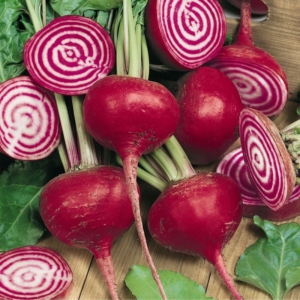Grow for Flavor
Gardening Tips
by Sandy Swegel
If you read just one gardening book this year, I have the perfect book for you. It’s a British gardening book and while growing conditions in merry old England aren’t anything like growing in hot arid Colorado, the advice here transcends climate. It’s about how to get the most flavor and nutrients by “how” you grow.
“Grow for Flavor: Tips and tricks to supercharge the flavor of homegrown harvests” doesn’t just repeat the advice on how to grow organically that is now found in many books or all over the internet. Author James Wong of the Royal Horticultural Society takes growing edibles to the next level by referencing scientific studies on how nutrient content and flavor molecules increase according to growing conditions and cooking methods.
Beets are one example.
If you want more antioxidants, roasting beets doubles their antioxidant levels compared to eating them raw.
If you want sweeter beets, sow them extra early. Sowing beets in cooler conditions leads to increased sweetness and more intense color.
If you aren’t fond of ‘earthy-tasting beets’ it’s the organic compound geosmin that gives that flavor. You can harvest early because young beets haven’t developed as much geosmin. Or you can put vinegar on the beets as my great grandparents did because the geosmin is degraded by acid.
If you juice beets for their cardiovascular benefits, the substances you want more of are nitrate and betalains. To get more of those, sow a mid-summer crop and fertilize with nitrogen to hike cardiovascular benefits by 300%
Another way to hike health benefits is to skimp on the water, Lack of water or ‘drought stress’ increases phytonutrients by 86% and makes beets richer in zinc and iron.
All this info is from just one page of the book so you can see why I love it. And I love my local librarian who procures such unusual books for our local library where I can read them for free!
Photo credits
http://www.blog.imperfectproduce.com/blog-1/2016/6/15/the-history-of-the-beet


